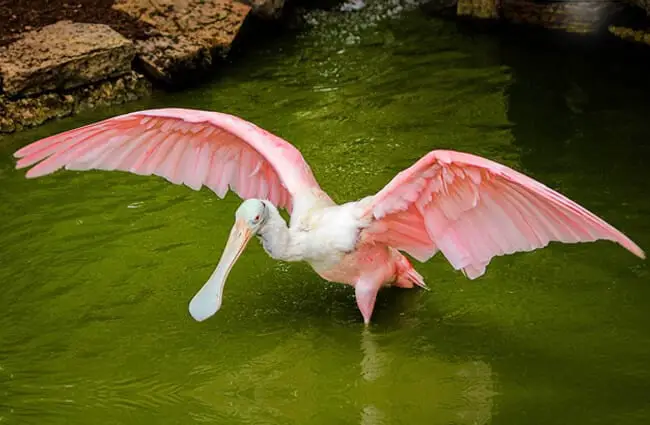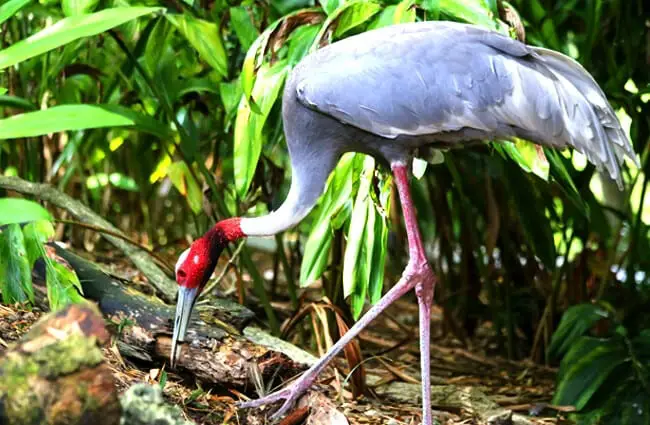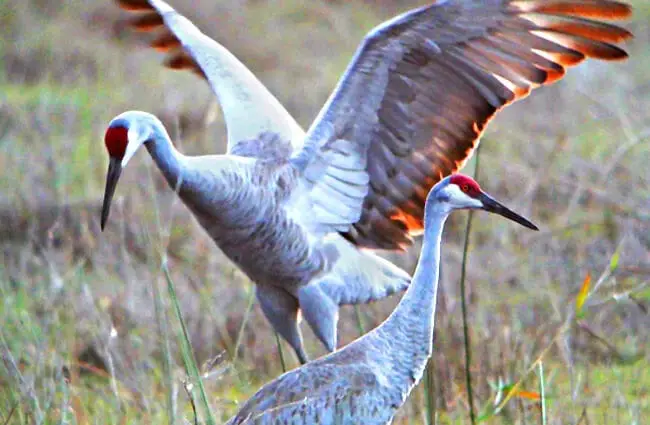Cranes, those elegant and long legged birds, have captivated human imagination for centuries. These majestic creatures are not merely beautiful to behold; they are ecological engineers, cultural icons, and living links to prehistoric times. This guide delves into the world of cranes, exploring their biology, behavior, history, and interactions with both the natural world and human societies.

Understanding Cranes
The term “crane” encompasses fifteen species of large, wading birds within the family Gruidae. These birds are characterized by their long necks, long legs, and broad wingspans. Though often mistaken for herons, cranes are distinct in their size, flight patterns, and social behavior. Cranes range in size from the diminutive Demoiselle Crane to the towering Sarus Crane, which stands at nearly six feet tall.
Physical Characteristics
Beyond their size, cranes exhibit a range of plumage colors, from the snow-white plumage of the Whooping Crane to the grey and red hues of the Sandhill Crane. Their bills are typically long and pointed, adapted for probing into mud and vegetation in search of food. A prominent feature is the patch of bare skin on their heads, which can change color during courtship displays.
Habitat and Distribution
Cranes inhabit a diverse range of wetland environments, including marshes, swamps, bogs, and grasslands. They are found on every continent except Antarctica, with the greatest diversity of species occurring in Asia. Many crane species undertake long-distance migrations, traveling thousands of miles between breeding and wintering grounds. For example, Sandhill Cranes in North America migrate from Canada and Alaska to the warmer climates of the southern United States and Mexico.
A Journey Through Crane Evolution
The evolutionary history of cranes stretches back millions of years. Fossil evidence suggests that cranes originated in Asia during the Eocene epoch, around 56 to 34 million years ago. These ancient cranes were likely smaller and more terrestrial than their modern counterparts. Over time, they adapted to wetland environments and developed the distinctive features that characterize the family today.

The fossil record reveals that cranes were once more widespread, with species occurring in both North and South America, as well as Europe. However, many of these species have since gone extinct, leaving only fifteen surviving species today. The evolutionary success of cranes can be attributed to their adaptability, longevity, and complex social behavior.
Diet and Foraging Strategies
Cranes are opportunistic omnivores, meaning they feed on a variety of plants and animals. Their diet varies depending on the species, habitat, and season. Common food items include roots, tubers, seeds, grains, insects, snails, fish, and amphibians.
Foraging Techniques
Cranes employ a range of foraging techniques. They often probe into mud and vegetation with their bills to extract roots and tubers. They also glean seeds and grains from fields and wetlands. In addition, they actively hunt for insects, fish, and amphibians. Some crane species, such as the Whooping Crane, are known to forage in shallow water, using their bills to scoop up aquatic invertebrates.
Crane Reproduction and Life Cycle
Cranes are known for their elaborate courtship displays, which often involve dancing, vocalizations, and mutual preening. These displays serve to strengthen pair bonds and synchronize breeding. Most crane species are monogamous, forming long-term pair bonds that can last for many years.
Nesting and Chick Rearing
Cranes build large, platform nests out of vegetation, typically in marshes or wetlands. They lay one to three eggs, which are incubated by both parents for around 30 days. Chicks are precocial, meaning they are relatively mobile and independent at hatching. They are covered in downy plumage and are able to follow their parents shortly after hatching. Chicks remain dependent on their parents for several months, learning essential foraging and survival skills. It takes several years for a crane to reach sexual maturity.

Cranes in the Ecosystem
Cranes play an important role in wetland ecosystems. Their foraging activities help to distribute seeds and nutrients, promoting plant growth. They also serve as prey for predators, such as eagles, hawks, and foxes. Cranes can also influence the structure of wetlands by creating open areas through their foraging and nesting activities.
Interactions with Other Species
Cranes often forage alongside other wading birds, such as herons and ibises. They may also interact with waterfowl and shorebirds. In some cases, cranes may compete with other species for food or nesting sites. However, they typically coexist peacefully within the wetland ecosystem.
Cranes and Human Culture
Cranes have long held symbolic significance in many cultures. In East Asia, cranes are revered as symbols of longevity, happiness, and good fortune. They are often depicted in art, literature, and folklore. In Japan, the origami crane is a symbol of peace and healing. In some Native American cultures, cranes are associated with spiritual power and transformation.
Crane Conservation Status and Threats
Several crane species are facing threats to their survival, including habitat loss, hunting, and climate change. The Whooping Crane, for example, was once on the brink of extinction, with only a few dozen individuals remaining in the wild. Thanks to conservation efforts, the population has increased to over 800 individuals, but the species remains endangered. The Red-Crowned Crane is also facing threats from habitat loss and degradation.

Conservation Efforts
Conservation efforts include habitat restoration, captive breeding programs, and international agreements to protect migratory species. These efforts are helping to stabilize and recover crane populations around the world.
Encountering Cranes in the Wild
If you encounter cranes in the wild, it is important to observe them from a distance and avoid disturbing their habitat. Do not approach or feed the birds, as this can disrupt their natural behavior. Be especially careful during the breeding season, as nesting cranes are particularly vulnerable to disturbance. If you notice any signs of injury or illness, contact your local wildlife authorities.
Cranes in Captivity
Cranes are often kept in zoos and wildlife sanctuaries for conservation, education, and research purposes. In captivity, cranes require spacious enclosures with access to water and vegetation. Their diet should consist of a variety of grains, seeds, insects, and fish. It is important to provide enrichment activities to stimulate their natural behavior. Zookeepers should also monitor the birds for signs of illness or injury.

Interesting Crane Facts
- Cranes are some of the tallest flying birds in the world.
- Some crane species can live for over 50 years.
- Cranes are known for their elaborate courtship dances.
- Cranes are excellent fliers, capable of migrating thousands of miles.
- Cranes play an important role in wetland ecosystems.
- The collective noun for a group of cranes is a “sedge.”
- Cranes have a distinctive trumpeting call.

Cranes are truly remarkable creatures, embodying grace, resilience, and ecological importance. Their future depends on continued conservation efforts and a deeper appreciation for the vital role they play in the natural world. By understanding their history, behavior, and challenges, we can help ensure that these magnificent birds continue to grace our planet for generations to come.

![Red Angus Closeup of a beautiful Red Angus cowPhoto by: U.S. Department of Agriculture [pubic domain]https://creativecommons.org/licenses/by/2.0/](https://animals.net/wp-content/uploads/2020/03/Red-Angus-4-238x178.jpg)




![Red Angus Closeup of a beautiful Red Angus cowPhoto by: U.S. Department of Agriculture [pubic domain]https://creativecommons.org/licenses/by/2.0/](https://animals.net/wp-content/uploads/2020/03/Red-Angus-4-100x75.jpg)

